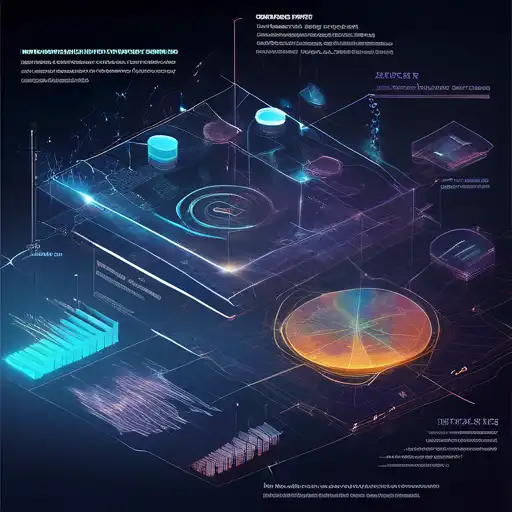Introduction to Data Visualization
In the era of big data, the ability to visualize complex datasets in an understandable and actionable manner is invaluable. Data visualization techniques transform raw data into visual contexts, such as charts, graphs, and maps, making it easier to identify patterns, trends, and outliers. This article explores the most effective data visualization techniques that can help you gain better insights from your data.
Why Data Visualization Matters
Data visualization is not just about making data look pretty; it's about making data accessible and comprehensible. By leveraging visual elements, businesses and researchers can communicate information more effectively, leading to quicker decision-making and deeper insights. Whether you're in marketing, finance, healthcare, or any other field, understanding how to visualize data is a critical skill.
Top Data Visualization Techniques
1. Bar Charts and Column Charts
Bar and column charts are among the most common and straightforward visualization techniques. They are ideal for comparing quantities across different categories. For example, a bar chart could effectively display the sales performance of different products over a quarter.
2. Line Graphs
Line graphs are perfect for showing trends over time. They connect individual data points with lines, making it easy to see increases, decreases, and fluctuations. This technique is widely used in stock market analysis and weather forecasting.
3. Pie Charts
Pie charts are useful for displaying proportions and percentages. They show how a whole is divided into parts, making them ideal for budget allocations or market share analysis.
4. Scatter Plots
Scatter plots are excellent for identifying relationships between two variables. They can reveal correlations, trends, and outliers, making them a favorite in scientific research and statistics.
5. Heat Maps
Heat maps use color gradients to represent data values, making them great for visualizing complex data like website traffic or user behavior. They can quickly highlight areas of interest or concern.
Advanced Techniques
For those looking to dive deeper, advanced techniques like interactive dashboards, 3D visualizations, and real-time data streaming can provide even more nuanced insights. Tools like Tableau and Power BI offer powerful platforms for creating sophisticated visualizations.
Best Practices for Effective Data Visualization
- Keep it simple: Avoid clutter and focus on the key message.
- Choose the right chart: Match the visualization technique to the data type and the story you want to tell.
- Use color wisely: Colors can enhance understanding but can also distract if overused.
- Label clearly: Ensure that axes, legends, and data points are clearly labeled.
- Test with your audience: Make sure your visualization communicates the intended message effectively.
Conclusion
Data visualization is a powerful tool for uncovering insights that might otherwise remain hidden in raw data. By mastering these techniques, you can enhance your ability to analyze data, make informed decisions, and communicate findings more effectively. Remember, the best visualization is one that makes the data easy to understand at a glance.
